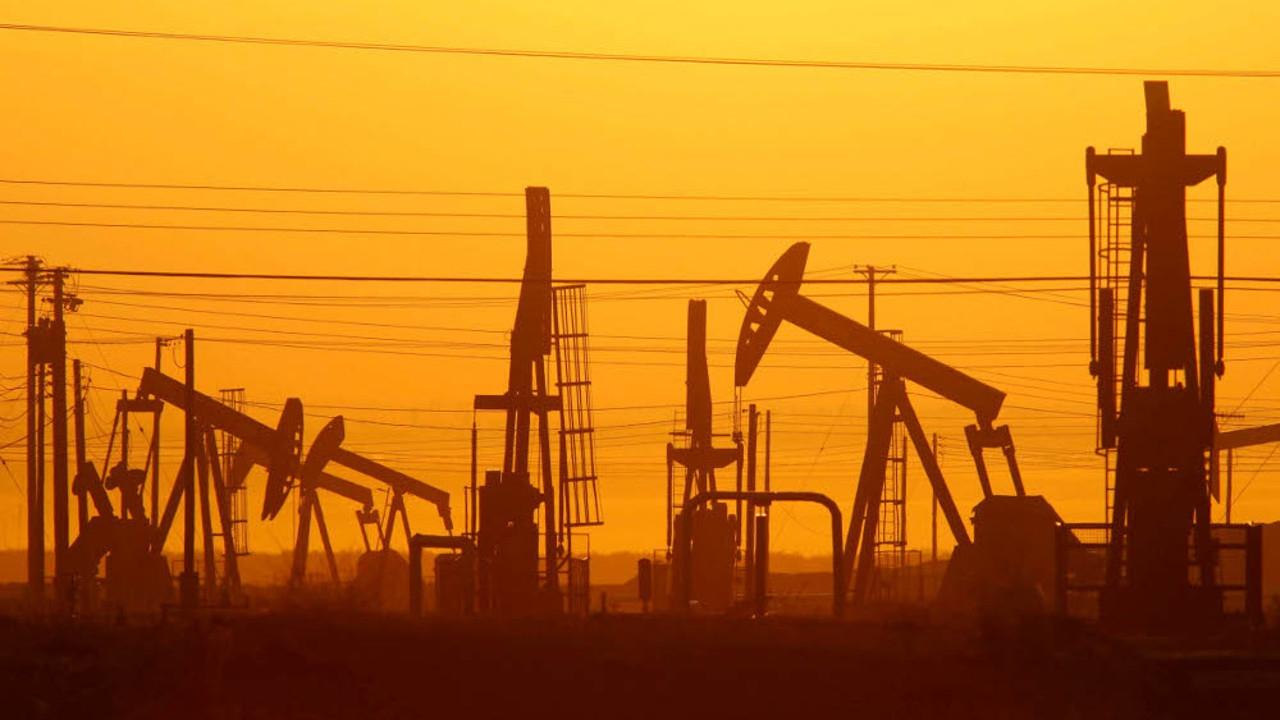Twiggy’s desperation hints at Fortescue’s critical condition
Andrew Forrest’s quixotic campaign against Rio Tinto and BHP Billiton has ended — and not with a bang.
It did, however, generate an intense focus on the iron ore sector and Australia’s place within it, which isn’t necessarily a good thing for Forrest’s Fortescue (FMG).
In fact the ‘achievements’ of the campaign were damage to the Abbott government and the Prime Minister and Joe Hockey in particular, damage to Australia’s reputation as a staunch promoter of free trade and markets, a reinforcement of China’s determination to do whatever it takes to lock in alternate sources of supply, and a questioning by the market of the motivation for such an aggressive and desperate crusade.
In the end, common sense prevailed in Canberra, as the government concluded — with or without the “plane-loads of lobbyists” from Rio and BHP that Forrest claims descended on Canberra — that an inquiry that could and would produce no action was not an inquiry worth holding.
No Australian government is going to intervene in a global commodity market to try to manipulate the price, as Forrest was advocating despite his claim that it was all about ‘transparency’. The global market in iron ore is, because it is relatively concentrated and the key producers’ production plans are highly visible, more transparent than most.
The fact that Abbott and Hockey even entertained the notion of an inquiry, regardless of whether it was to stave off a show trial by Nick Xenophon in the Senate, will have caused anxiety among customer nations, particularly in China.
It created a question mark over Australia’s previously unquestioned commitment to free trade; a question mark that only time and performance will dispel. It would have encouraged cynicism among our iron ore customers, particularly in China and Japan.
A commitment to free markets means accepting the benefits when demand and prices are strong — and the lost income when prices fall.
The shillyshallying by the government and the visibility of Forrest’s attempt to coerce Rio and BHP into curtailing their production plans (complete with his own lobbyists, public relations firms and campaign website) probably didn’t influence China’s financial support package for Brazil this week. It would have, however, reinforced within China the need to shore up Brazil and the funding for its massive iron ore expansion.
Amid the tens of billions of dollars of initiatives announced by China’s Premier Li Keqiang during his visit to Brazil were about $US4 billion of inevitably cheap funding for Vale, Rio and BHP’s main competitor, and the purchase of at least four and potentially more of Vale’s Valemax iron ore carriers by Chinese organisations. The latter was equivalent to a capital injection of close to $US500 million, one that could end up more than doubling.
Vale, of course, is in the midst of a $US17bn capital investment program to bring on a new 90 Mtpa ultra-low-cost and high-quality iron ore mine, S11D. This will see a massive structural reduction in its cash costs to the point where, with lower transport costs, it will be highly competitive with Rio and BHP.
Vale, once the industry’s largest player, has been overtaken by Rio and BHP and is determined to wrest back market share. It now appears it has China’s backing to do so. The Fortescue campaign will help bind that relationship.
Where Forrest may have shot himself in the foot by launching his peculiar high-profile campaign is the spotlight it has shone on Fortescue itself. Why has he appeared so desperate to hobble Rio and BHP?
Forrest attributes the fall in the iron ore price to Rio and BHP’s public statements about their future production (even though they and Fortescue itself have always talked about their planned increases in capacity and production).
He has said this is driving speculative activity in the iron ore futures markets and driving the price of a commodity in which demand and supply are, for the moment, more or less in balance, down deliberately in order to drive their higher-cost competitors out.
Apart from the basic fact that Rio and BHP’s recent statements about capacity have pointed to lower peak volumes than they had previously foreshadowed there is no evidence that the futures market has actually been leading the physical price down. The pricing of futures contracts is very much in line with spot prices; there is a definite and direct correlation across the various maturities rather than a sharp divergence.
What Forrest and his chief executive Nev Power have been saying about the market being in balance is, however, worth thinking about.
Given that there are no obvious vast and expanding stockpiles of iron ore visible in China — steel mill inventories are at roughly normal levels — the market almost by definition must be in balance despite slightly weaker demand and continuing large increases in supply.
If inventories aren’t rising significantly, that means the net increase in supply is being absorbed by the market — which means it is displacing existing production.
Last year an estimated 125 million tonnes of capacity was withdrawn from the market by privately-owned domestic mines in China as well as marginal producing countries like Indonesia, Malaysia, Mexico, Russia and its CIS satellites.
A further 15 Mtpa of production is thought to have exited in the first three months of this year, with an expectation there is at least another 70 to 75 Mtpa of capacity that will disappear from regions like West Africa, Canada, Northern Europe and small high-cost and low-grade mines in Australia and Brazil over the rest of this year.
With Anglo’s Minas Rio (26.5 Mtpa) ramping up, Gina Rinehart’s Roy Hill (55 Mtpa) and Vale’s S11D (90 Mtpa) still to enter the market and Rio and BHP each adding 20 Mtpa over the next two years (Forrest should have been lobbying against Vale and Gina rather than Rio and BHP), there is still an avalanche of new low-cost and high-quality supply to hit the market.
Vale said last year that it estimated there was about 220 Mtpa of “non-competitive” capacity in the industry at prices around $US70 a tonne. At just under $US58 a tonne, presumably there’s a lot more uncompetitive capacity.
That would be worrying for Fortescue because the obvious high-cost and low-quality capacity will, if it hasn’t already disappeared, will be out of the market in the not-too-distant future. Most of China’s remaining domestic production will continue to produce regardless of price, which means the adjustment will increasingly be borne by the seaborne producers at the higher end of the cost curve.
Fortescue, as a 165 Mtpa producer of ore that is, relative to Rio, BHP and Vale, higher cost and lower quality (last year Rio received an average price premium over Fortescue of $US21 a tonne), might be concerned that it could be the biggest producer squeezed if the price falls significantly lower under the weight of those new volumes coming into the market.
It is rapidly reducing its cash costs, now about $US26 a tonne but forecast to fall into the mid-teens in 2015-16. The market questions whether that reduction, contributed to by a major reduction in stripping ratios, a form of ‘high-grading’, is sustainable. When normal mining resumes, there could be a meaningful increase in production costs.
Forrest’s larger problem is Fortescue’s $US9bn of debt. While the maturity of all of the group’s debt has been pushed out to 2019, at a punitive interest rate, that debt doesn’t get any smaller.
Fortescue can reduce its cash costs but its financing costs and its leverage to the iron ore price remain high. The debt also means that it can’t reduce operating costs further by halting its higher-cost production. Cash costs would fall, but so too would the revenue it needs to service and ultimately repay the debt.
With Fortescue having already banked very large lumps of cash through pre-sales of iron ore and of its port capacity (which means it will produce ore and provide its port facilities at some point without generating cash from them), its actual cash flows leading up to the 2019 maturities will be critical.
The level of hysteria in Forrest’s campaign has ensured the market will focus even more closely on Fortescue’s operational and financial performance, searching for whatever it is that it has previously missed that motivated Forrest’s attempted assault on Rio and BHP.
Fortescue, which has done a remarkable job so far in keeping ahead of the price declines, is destined to survive. Ultimately China won’t let it disappear, even if it has to find a way to subsidise its volumes.
If the pressure becomes too acute, however — if the price keeps falling and the volumes from the low-cost producers keep rising — Forrest might have to contemplate seeing his control of Fortescue heavily diluted or removed on less than attractive terms.


